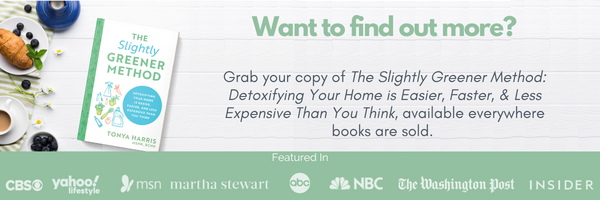It’s that not-so-fun time of year when it comes to thinking about school supplies! Let alone trying to find non-toxic school supplies.
A 2018 US PIRG study tested supplies such as crayons, dry erase markers, and three-ring binders that were bought from a variety of retailers.
And what they found was shocking and concerning.
Among the school supplies tested, they found:
- A 3-ring binder from Dollar Tree that contained high levels of phthalates (hormone disruptors that are also linked to lower IQ in children).
- Playskool crayons from the Dollar Tree contained asbestos (known to cause cancer).
- Dry erase markers that contained benzene (a known cancer causer and hormone disruptor).
- Two water bottles that have been recalled due to high levels of lead.
One of the products that contained asbestos (the green crayon from Playskool crayons) was even labeled as non-toxic on the box!
How to Find Non-Toxic School Supplies
While it’s hard for us to know exactly what’s in school supplies, there are steps we can take to limit our kids’ exposure to these toxins. But the good news? There are many great brands out there that make non-toxic school supply shopping easier.
But first, here are two more toxins to beware of:
Toxins to Avoid in School Supplies
PVC
- PVC is polyvinyl chloride, or vinyl.
- PVC contains toxic additives such as phthalates, lead, and cadmium.
- Found in many school supplies such as backpacks, lunchboxes, pencil cases, and 3-ring binders. Beware of flexible binders or those with a clear plastic window, and flexible plastic pencil cases or those with clear windows.
Microban
Many school supplies and lunch boxes are now labeled with “Microban,” an antimicrobial.
- Microban is the trade name for triclosan when it is in clothing and plastic items (like vinyl lunch boxes).
- Triclosan is a hormone disruptor, and because of its antibacterial properties, can also lead to bacterial resistance.
- In 2016 the FDA stated that antibacterial washes can no longer be marketed because the manufacturers could not prove that the ingredients are safe for long-term daily use, or that they are more effective than plain soap and water. This ruling specifically mentioned triclosan and triclocarbon.
- The ruling also stated that triclosan and triclocarbon could not be considered GRAS (Generally Recognized As Safe) in consumer products.
The Problem with Antibacterial
Why else are Microban and other antibacterial products a problem? Because they are anti-bacterial, meaning that they can attack bacteria, but will not do anything to viruses (which is what most of us are concerned with right now).
And with triclosan and other antibacterials linked to hormone disruption, this is something we definitely don’t want to be exposing our children to as their important body systems are still developing.
Find out more about hormone disruptors and what they are here.
Non-Toxic School Supply Tips
- Look for “PVC-free.” on labels.
- Also avoid recycling code 3 on products (this code is found on the bottom of a plastic product, with the number inside 3 arrows that make a circle).
- Look for water-based markers
- Buy markers, colored pencils, crayons and paints with the AP label on the back of the product.
- If your child is using any of these supplies, have them wash their hands frequently (hand sanitizer doesn’t count)
- Microban – avoid lunch boxes and other school supplies that are labeled as antibacterial and/or have the term “Microban” on the label.
- Look for the AP label from the Art & Creative Materials Institute on
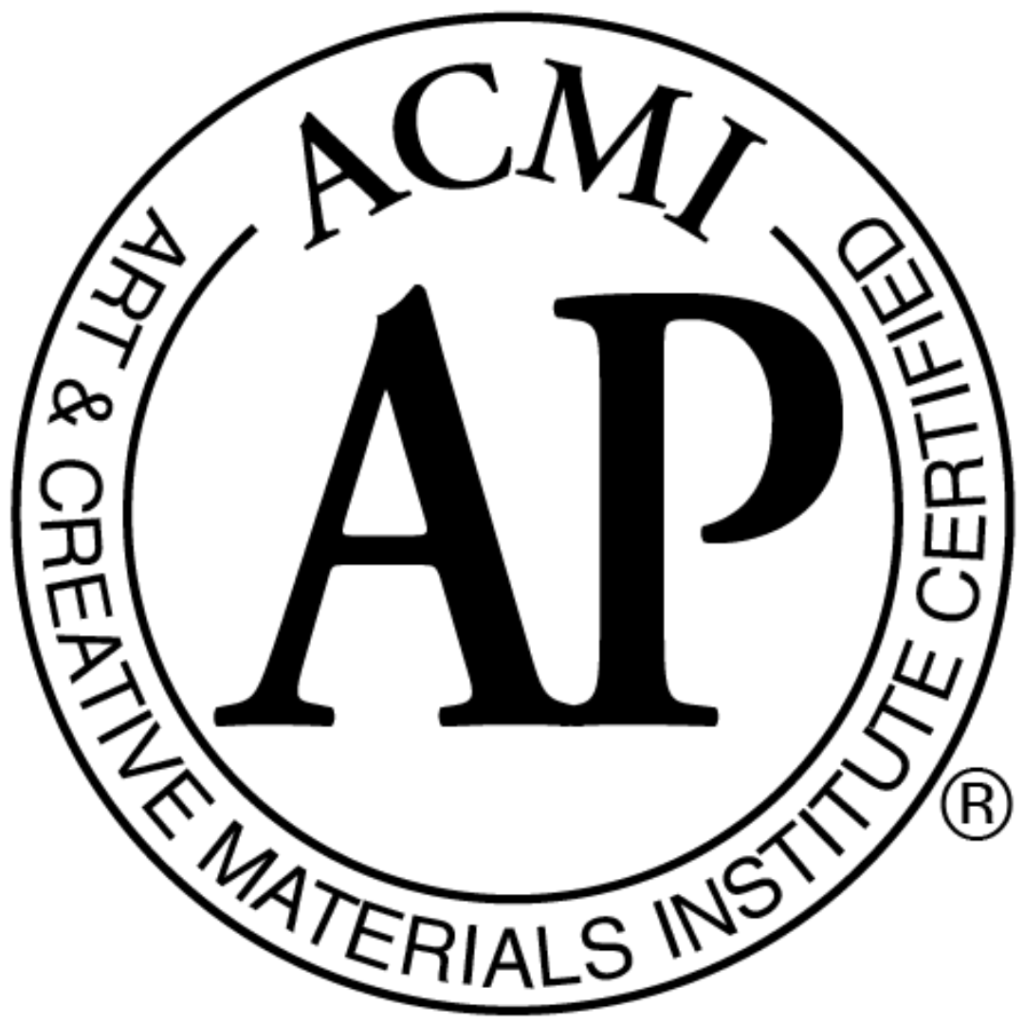
AP Certified Label from the Art & creative Materials Institute
the back of art supplies (such as crayons, markers, colored pencils, dry- erase markers, etc.) and which means the product is certified non-toxic. Search for products on their website here.
SAFER OPTIONS
This is definitely not an exhaustive list of safer school supplies, but it can help shorten the quest of finding safer options!
Most of these are also available on Amazon, but I am linking to the products’ websites here. Many of these products have discount codes on their websites. While many of these products might be more of an investment up-front, many last longer than traditional school supplies.
For more ideas on how to save money on these and other non-toxic products, read this blog post.
Lunchboxes
Look for stainless steel or cloth options.
Backpacks
Hemp or cotton are great sustainable options, and polyester is also a safer option.
- Eco Gear (20% off coupon on their website for signing up for their newsletter)
- Terra Threads
- North Face (sign up for their rewards progarm and save 10% off your first order)
Markers
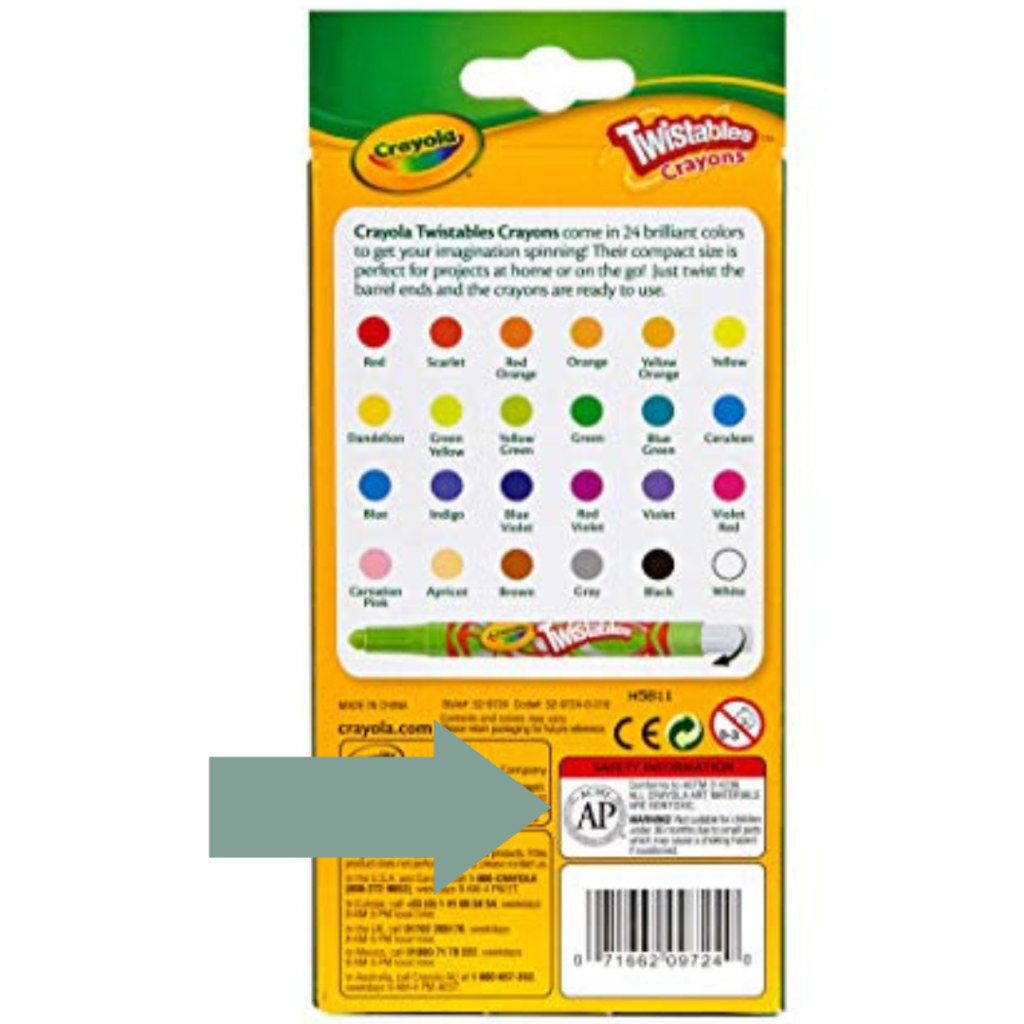
AP Certified Markers
Look for water-based markers, and those with the AP Certification label.
- Crayola
- Avery Marks-A-Lot Washable
Dry Erase Markers:
-
- Sharpie Flip Chart markers
- Expo Low-Odor Dry Erase Markers
- Office Depot Assorted Color Easel Pad Marker
Avoid: Board Dudes (Benzene was found in the US PIRG study).
Crayons
- Crayola
- Up & Up brand (Target)
- Rose Art
Avoid: Playskool (asbestos found in green crayon in PIRG study)
Binders
Look for binders and pencil cases labeled as PVC-free. Opt for cloth or kraft/cardboard covers. These are good examples: 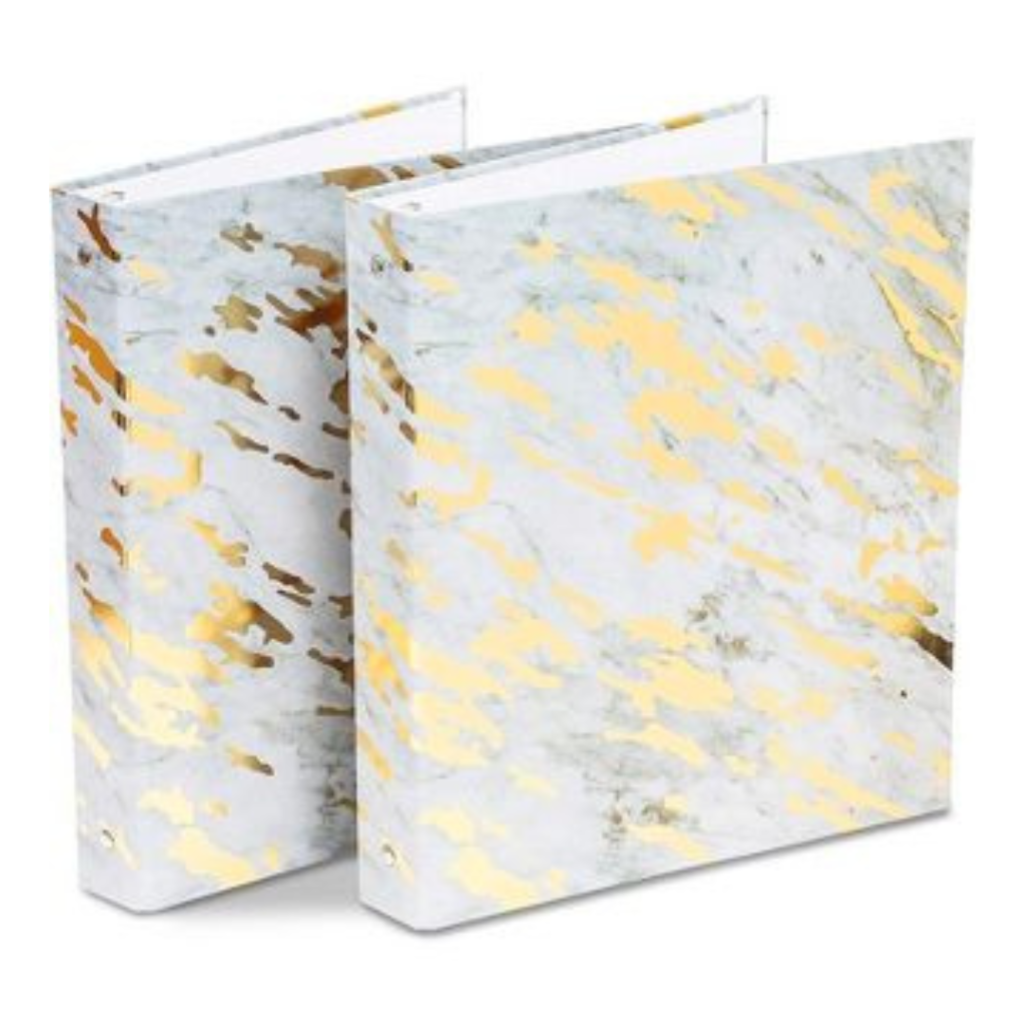
Pencil Cases
To avoid PVC, opt for cloth pencil cases
Water Bottles
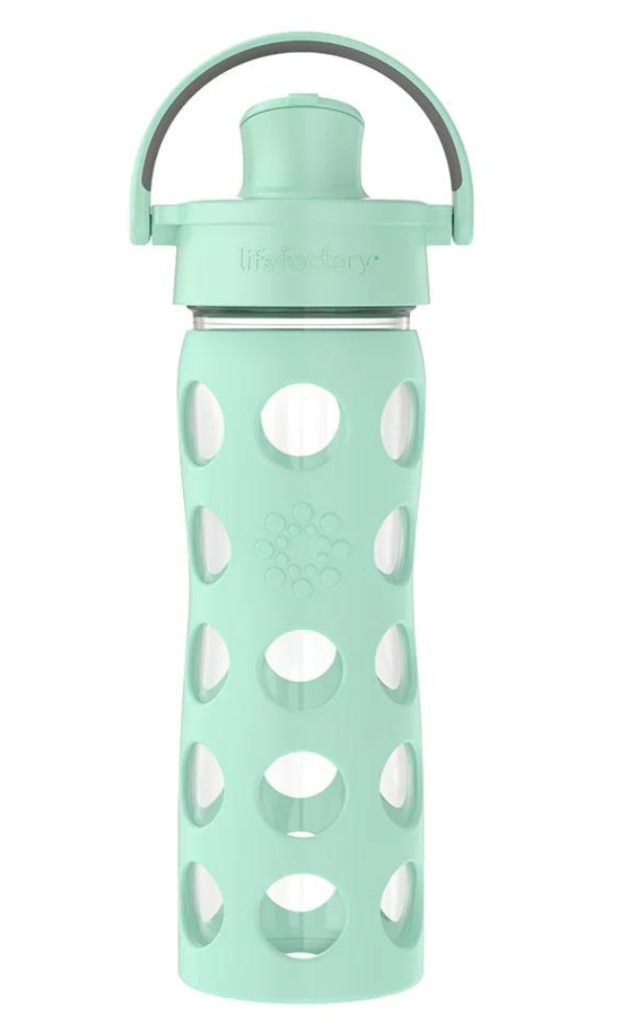
BPA-Free Water Bottle
Lead was found in two brands of water bottles studied by the US PIRG. The following are lead-free and safer options:
- S’well – Stainless steel water bottles (15% off your first order on their website)
- Klean Kanteen – Stainless steel water bottles (10% off your first order on their website)
- LifeFactory – Glass water bottles and food storage options, surrounded by protective silicone sleeve (15% off your order when you sign up for their newsletter)
- Thermos – Stainless steel)
- Hydroflask – Stainless steelGlue – The samples tested came back negative for lead. Most options are safe, including Elmer’s glue.
How to Save Money on School Supplies
With so many school supplies, it can be hard to know what to buy. But if you follow just a few of these tips, you’ll be able to reduce your child’s exposure to harmful toxins!
Slightly Greener Tip: If you’ve already bought school supplies, or if you can’t follow all of these steps, just make sure to have your child wash their hands frequently, especially after handling their school supplies.

